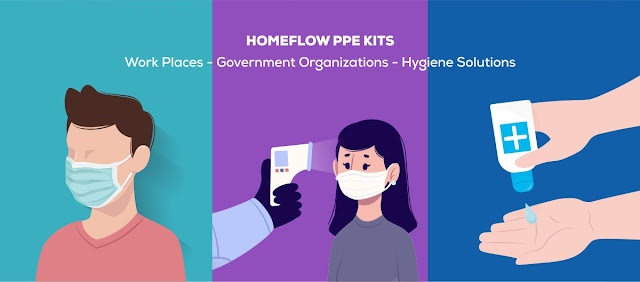The Savings Potential of Smart Power Strips
Not too many years ago, most households had
a television set in the living room, a bulky desktop computer in the den and
maybe a stereo on the kitchen counter or a bedroom dresser. Offices, similarly,
had a handful of often-shared electronic devices. For the most part, these
devices needed to be powered on and off with the flip of a switch or the
turning of a dial.
Today, in contrast, many American homes and
businesses are powering multiple computers, TVs, tablets and other electronic
devices that are always on standby. While these technological advances are
certainly convenient, they also mean that we’re dealing with a surfeit of
devices that are constantly sucking up power even when they’re turned off. This
wasted energy, dubbed “vampire load,” is an easy target for energy efficiency
measures.
According to the Department of Energy’s
National Renewable Energy Laboratory (NREL), vampire loads tack on $200 to the
average household’s yearly energy costs. Collectively, all this squandered
electricity is enough to power 11 million homes.
There’s a simple, cost-effective,
noninvasive way to battle vampire load—no garlic required. Swapping out regular
power strips for Best smart power stripsWiFi (also known as power bars) can help minimize the amount of power
wasted when devices are not in use. Smart power strips are handy for
living-room entertainment centers, home offices, businesses or any room or
building that houses several electronic devices.
NREL illustrates several types of smart
power strips that can suit various individual and workplace needs. For example,
a timer power strip automatically powers down your electronics at a preset
time. For electronics usage that doesn’t follow a set schedule, an activity
monitor power strip is a good choice. This type of smart power strip senses
nearby movements and hits the kill switch when no activity is detected. If
powering down from a distance is appealing, a remote switch power strip can be
a good option.
Exactly how much energy can smart power
strips save? A 2015 study by UL Environment evaluated smart power strips’
benefits based on how often consumers fall asleep in front of the TV. For
people who doze off every single evening, a smart power strip can curb energy
usage by 48 percent.
However, as UL Environment points out, this behavior is
not typical of most Americans. What’s more likely is that people drift off with
the TV one or a few nights a week. Therefore, using one night as its benchmark,
the sustainability testing and certification firm determined that a smart power
strip could curb wasted power by 26 percent. The company also showed that even
if an individual never falls asleep before switching off the TV, a smart power
strip could yield energy savings of 20 percent.
By finding the best smart power strip for
their situation, energy consumers can make a significant cut in their energy
consumption—without having to make any changes to their electronics usage.
Consider using Homeflow smart power strips in your efficiency programs.




Comments
Post a Comment